The Dictatorship
Why the NBA’s ‘superstars’ are at home watching the ‘overrated’ Tyrese Haliburton in the Finals

It’s an odd time for a native New Yorker to heap praise on Tyrese Haliburtonthe Indiana Pacers point guard who knifed through the New York Knicks defense like butter in the Eastern Conference finals and fried Gotham’s hope for its first NBA Finals appearance this millennium. But not only did former NBA champion and Queens’ own Metta Sandiford-Artest do so; he also said Haliburton’s dominance in the Knicks series was reminiscent of a certain Basketball Hall of Famer.
As recently as April, his NBA peers voted him the league’s most overrated player. Ouch.
“He reminds me of John Stockton from the perspective of a late bloomer in terms of effectiveness. … Not the same type of player but the same type of impact,” Sandiford-Artest told NBA reporter Brandon Robinson this week.
Stockton, who played 19 years in the NBA, wasn’t considered as elite as Michael Jordan or Scottie Pippen. And to Sandiford-Artest’s point, there’s legitimacy in considering Haliburton a late bloomer. As recently as April, his NBA peers voted him the league’s most overrated player. Ouch. Guess who’s getting the last laugh, though? As the 2025 NBA playoffs have shown, it’s Haliburton’s moment now.
With the NBA Finals starting tonight, he’s the unquestioned leader of an underdog Indiana Pacers team that almost no one thought had a legitimate shot at the title when the playoffs began. He has a chance to do something not even Pacers legend Reggie Miller could do: win Indiana its first NBA title.
Some pundits are bemoaning what the matchup between the Pacers and the Oklahoma City Thunder might mean ratings-wise, as each team resides in the bottom third of NBA cities when ranked by TV market size. We could have had the Los Angeles Lakers and the Boston Celtics (again) or the Lakers and the Knicks.
Instead, we have… Haliburton. And you know what? That’s fantastic. No, really, it’s great. And here’s why: Haliburton is having a great playoff run, averaging 18.8 points, 9.8 assists and 5.7 rebounds a night (for all his playoff series, six in total, he’s averaged 18.7, 5.3 and 9). He put up 32 points, 15 assists and 12 rebounds in a dominant Game 4 against the Knicks — becoming the only NBA player in history with 30 points and 15 assists while committing no turnovers in a playoff game.
This postseason aside, Haliburton isn’t known for gaudy stats. The real beauty in his game, and what promises to make the finals something worth everybody’s attention, is his efficiencya statistic that puts a number to how much a player contributes when they’re on the court. The average player efficiency rating in the NBA is 15; Haliburton’s efficiency has been above 20 in each of the past four seasons, and it’s never dipped below 16. This season, he ranked 20th among NBA players, with an efficiency rating of 21.84. The highest rating belonged to the Denver Nuggets’ Nikola Jokic, at 32.12.
It’s the kind of stat that won’t wow casual basketball fans who live for the 3-ball, or old-school fans who long for scoring assassins like Jordan or Carmelo Anthony. Efficiency explains why a player like Haliburton is so significant to the Pacers because the statistic considers how often a player scores the ball and how well they perform on the floor when they don’t have the ball.
To put his efficiency rating another way, Haliburton is capable of taking over games — like he did against the Knicks — but he’s also content to shift into a style of basketball that prompted ESPN’s Stephen A. Smith, an unabashed Knicks fan, to declare before the Pacers-Knicks series that he’s not a superstar. Like a true point guard, he prefers to move the ball rather than force a low-percentage shot. He gets back on defense. He recognizes when the ball is better off in the hands of a teammate, for example Eastern Conference finals MVP Pascal Siakam.
Unsurprisingly, he finished the season ahead of the vanquished Knicks’ Jaylen Brunson — who is a superstaraccording to ESPN’s Smith — and the Celtics’ Jayson Tatum, whom the Knicks vanquished in the playoffs, in efficiency rating. It has to be worrisome for the Pacers, but exciting for fans eager for a great finals matchup, that Shai Gilgeous-Alexander is the last barrier standing between them and glory. OKC’s lethal point guard, who posted a 30.73 efficiency rating, is the only one of the 19 players with a better efficiency rating than Haliburton in the finals.
Unlike Haliburton, Gilgeous-Alexander has never had his superstar bona fides questioned. If Haliburton and the Pacers can overcome him and a Thunder team that had the best record in the league this year, then the Pacers point guard won’t ever have to worry about being called overrated or being labeled as less than a superstar again.
Keith Reed is an award-winning journalist and a past senior editor at ESPN. His work has appeared in The Boston Globe, The Root, Vibe, Essence and elsewhere.
The Dictatorship
Republican North Carolina Sen. Thom Tillis announces he will not run for re-election
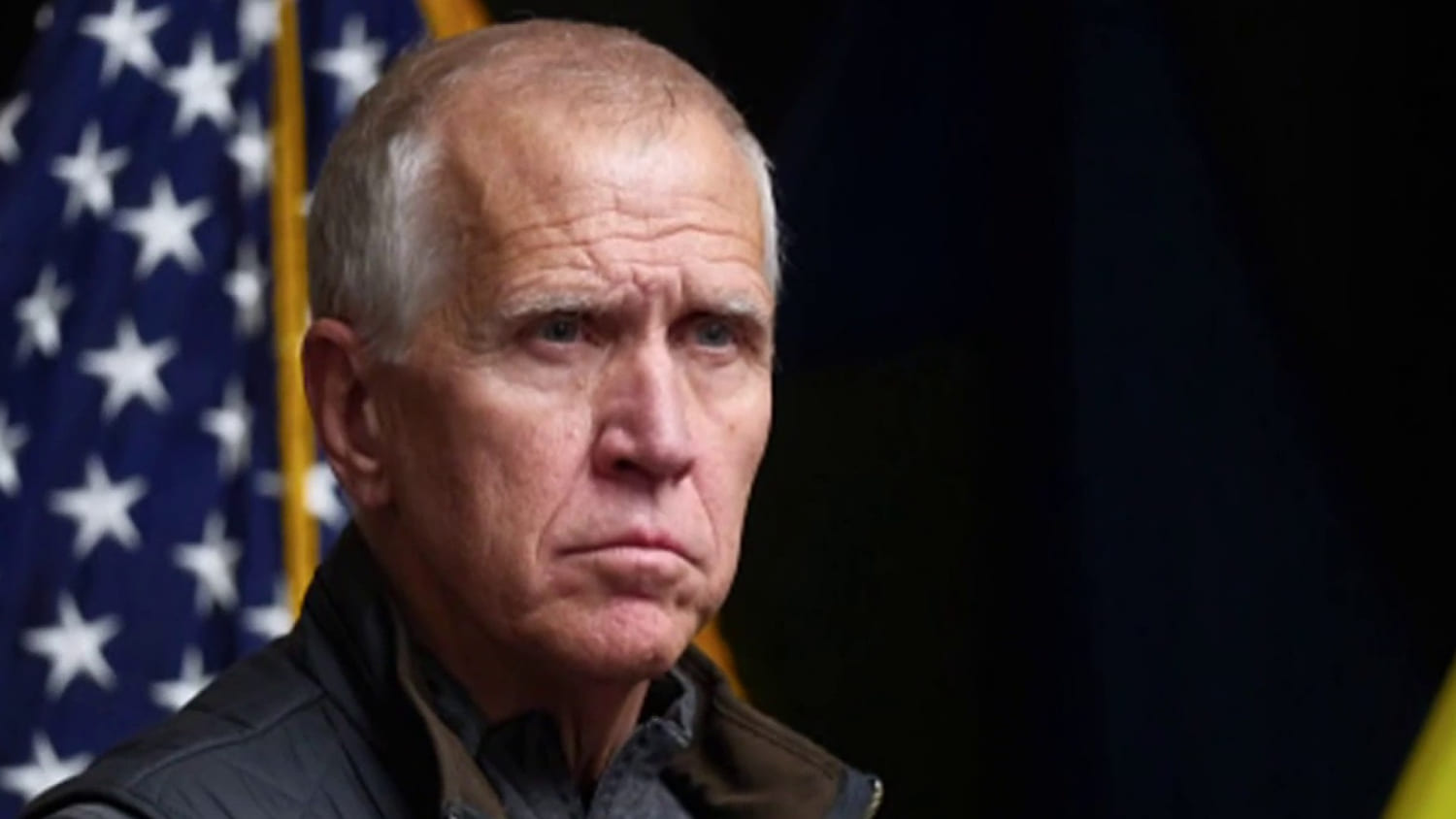
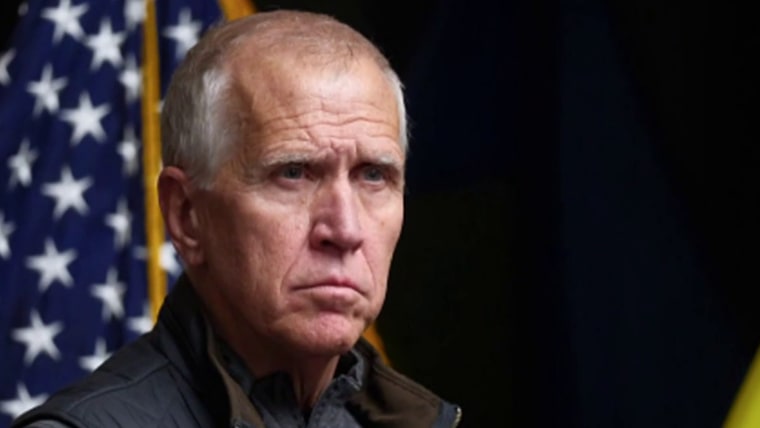
-

Analyst says it will take weeks, if not months, to know real damage to Iran’s nuclear program from U.S. airstrikes
05:12
-
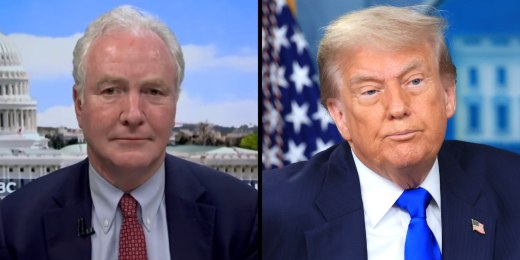
Senator Chris Van Hollen on Trump spending bill as it enters debate on Capitol Hill
08:23
-
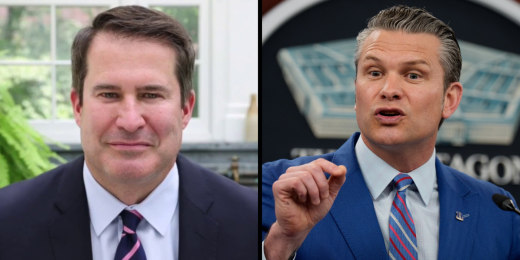
Inside the Iran airstrikes briefing: Rep. Moulton on the demeanor of Secys. Rubio, Hegseth
08:27
-
Now Playing

-
UP NEXT

‘This bill is a ripoff’: Sen. Amy Klobuchar on Trump Budget Bill
08:51
-

Family of Venezuelan man deported to El Salvador has no idea of his condition
02:53
-

Protests grow over as Florida’s ‘Alligator Alcatraz’ set to open
01:19
-

Middle East expert discusses impact of U.S. strikes on Iranian regime and Supreme Leader
06:56
-
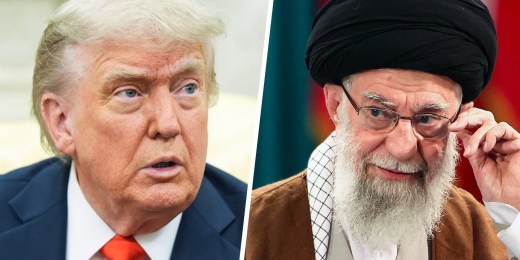
Fmr. U.S. Envoy to Iran reacts to U.S. strike on nuclear facilities and says Iran won’t negotiate soon
11:59
-

Anti-war protests form in New York City following U.S. strikes in Iran
02:27
-

Top House Armed Services Democrat: Trump violated the law with U.S. strikes on Iran
04:41
-
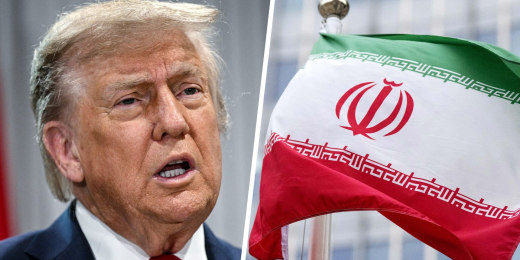
Fmr. U.S. Envoy to Iran says Trump should be more patient when seeking new Iran nuclear deal
09:16
-

Former Marine asks for sympathy for troops put in difficult position in L.A. over protests
05:05
-

Retired Lt. Gen. warns any U.S. operation against Iran’s nuclear program comes with heavy risks
08:57
-
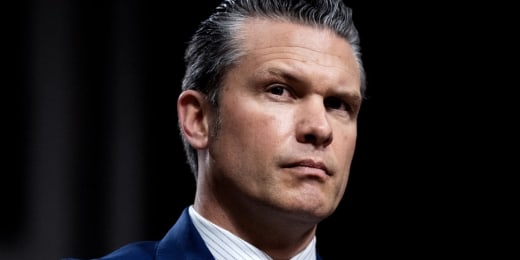
Rep. Auchincloss slams Defense Secretary Hegseth after fiery Capitol Hill national security hearing
05:46
-

Former GOP advisor questions what advice Trump is listening to over Iran decision
07:44
-

Rep. Garcia questions new rules on congressional ICE facility visits and calls them ‘illegal’
07:05
-

Fmr. Rep. Riggleman torches Trump over handling of Israel-Iran conflict and his key decision
06:48
-

Israel says it killed top Iranian commander in strike
02:34
-

Mahmoud Khalil vows to keep speaking out against the war in Gaza: ‘The fight is far from over’
06:17
-

Analyst says it will take weeks, if not months, to know real damage to Iran’s nuclear program from U.S. airstrikes
05:12
-

Senator Chris Van Hollen on Trump spending bill as it enters debate on Capitol Hill
08:23
-

Inside the Iran airstrikes briefing: Rep. Moulton on the demeanor of Secys. Rubio, Hegseth
08:27
-
Now Playing

Republican North Carolina Sen. Thom Tillis announces he will not run for re-election
02:41
-
UP NEXT

‘This bill is a ripoff’: Sen. Amy Klobuchar on Trump Budget Bill
08:51
-

Family of Venezuelan man deported to El Salvador has no idea of his condition
02:53
The Dictatorship
RFK Jr. wants all Americans to use wearable health tech. I have questions.
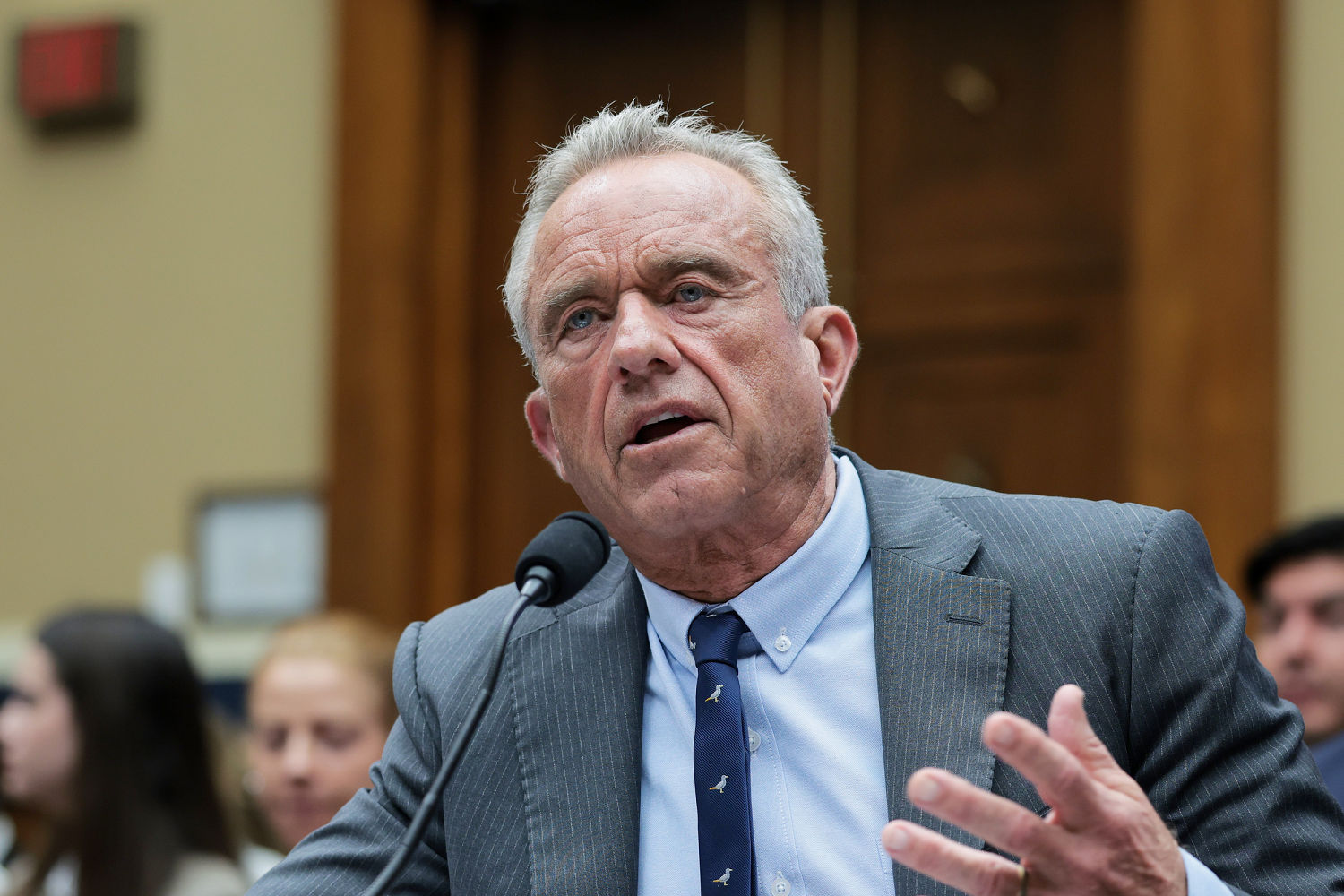
In a congressional hearing this past week, Health and Human Services Secretary Robert F. Kennedy Jr. shared his views on improving the health of Americans. “My vision is that every American is wearing a wearable within four years,” he said. And next week, his department is scheduled to launch one of “the biggest campaigns in HHS history,” focused on encouraging Americans to use wearable technology to “take control over their own health.”
Making wearable health technology accessible to more Americans is an excellent idea — the massive $63 billion market for fitness trackers and $12.6 billion glucose monitor sector are growing exponentially due in part to the fact that awareness of one’s biometrics, from steps taken to sleep quality to calories consumed, can help improve health. But we shouldn’t overstate the power of these devices to transform the well-being of Americans, both because of the limitations of these technologies and because of the administration promoting it.
Making wearable health technology accessible to more Americans is an excellent idea — but we shouldn’t overstate the power of these devices.
Wearable health aids have a long history. Leonardo da Vinci designed the first pedometer around 1500, and Holter heart monitors were invented in 1949. Digital technology, however, has accelerated innovation in this space exponentially, such that in the 15 years since the release of the first step-counting Fitbit in 2010, devices now track sleep, breath, stress levels and more.
A federal campaign to promote wearables appeals to the commonsense idea that the more you know, the better equipped you are to improve your health — and thus more Americans should have access to this knowledge. And this initiative certainly lines up philosophically with the individualistic sensibility at the heart of the “Make America Health Again” movement’s animating definition of wellness, which elevates self-knowledge — “do your own research” — above clinical expertise, especially if it involves pharmaceutical intervention. Indeed, in the hearing, Kennedy described friends who “lost their diabetes” after wearing glucose monitors, thanks to their “miraculous” awareness of the impact of their dietary choices (evidence does show that diet and exercise changes can reverse Type 2 diabetesand that continuous glucose monitoring can be effective in motivating patients to make those shifts). Notably, the proposed HHS wearables campaign would come with a price tag of $80 a month for individuals, as opposed to GLP-3s, which can cost a person over $1,000 monthly.
You don’t need to be a MAHA acolyte to find this strategy compelling for a nation struggling with both chronic illness and the cost of health care. Furthermore, large-scale advertising campaigns encouraging personal fitness are a long-standing and effective federal strategy. It was Kennedy’s uncle President John F. Kennedy who most famously employed this approach, launching a national publicity campaign to encourage Americans to be more physically active, both in their personal lives and by lobbying local officials to fund physical education and community recreation programs.
That was during the Cold War, and JFK often linked the need to get moving with military preparedness. But he also talked about taking responsibility for looking good and feeling “vigorous,” for men, women and children alike. “Soft Americans” were morally suspect and national security risks, the then-president-elect wrote in a 1960 Sports Illustrated essay, but they also looked less attractive at the beach or the pool, the environments in which he was often photographed.
Physical education classes were as important as academic offerings, his administration emphasized in pamphlets, posters and even a special-release jingle written for P.E. classes that encouraged boys and girls through a playful, synchronized routine to “get rid of that chicken fat.” These federal campaigns didn’t solve the issues of sedentariness and obesity, but they were integral in establishing the expectation that it is the responsibility of every American to care about their physical fitness.
Echoes of the elder Kennedy’s approach are unmistakable in Robert F. Kennedy Jr.’s announced advertising campaign. The differences, however, should give us pause. For one, the sophisticated wearable technology the health secretary celebrates as “miraculous” is much more powerful than the toe touches and jumping jacks promoted in JFK’s day. This is a boon, but we should be wary of the “techno-utopianism” that assumes more sophisticated technology always yields a better future.
We should not overstate the “miraculous” potential of any intervention, especially given this administration’s repeated ethical breaches on questions of security and science.
Psychologists, for example, track a recent rise in orthorexia, body dysmorphia and anxiety, disorders that only stand to be aggravated by access to endless streams of biometric data. More philosophically, sociologists warn of the dangerous tendency toward “the quantified self” and attendant “intimate forms of surveillance,” in which we normalize defining ourselves as an agglomeration of figures and metrics, existing only to be optimized.
Most immediately, as Kennedy was asked in the hearing but did not clearly answer, are concerns about data collection and privacy, especially relevant due to recent breaches like the 23andMe hackwhich leaked the data of millions of users to the public and potential nefarious actors. Fitness tracker data has already created a specific liability. The Strava running app, for example, has repeatedly revealed sensitive locations of troops and political figures to the public.
These are thorny but perhaps resolvable problems. It is true that making America healthy is an urgent priority and that individuals should be empowered to be stewards of their own well-being. We must use every tool at our disposal to achieve better health outcomes, and this can include partnering with the dynamic fitness and technology industries, the innovation of which outpaces that of the public sector.
That said, we should not overstate the “miraculous” potential of any intervention, and especially given this administration’s repeated ethical breaches on questions of security and science — and even its alleged affinity for eugenics — we should be especially vigilant about how this initiative is plays out.
Natalia Mehlman Petrzela is Professor of History at The New School in New York City. She is the author of two books, most recently “Fit Nation: The Gains and Pains of America’s Exercise Obsession,”and is currently a Carnegie Fellow, working on a new book about education and political polarization.
The Dictatorship
Pete Hegseth’s press conference shows how the Trump administration views the media’s job
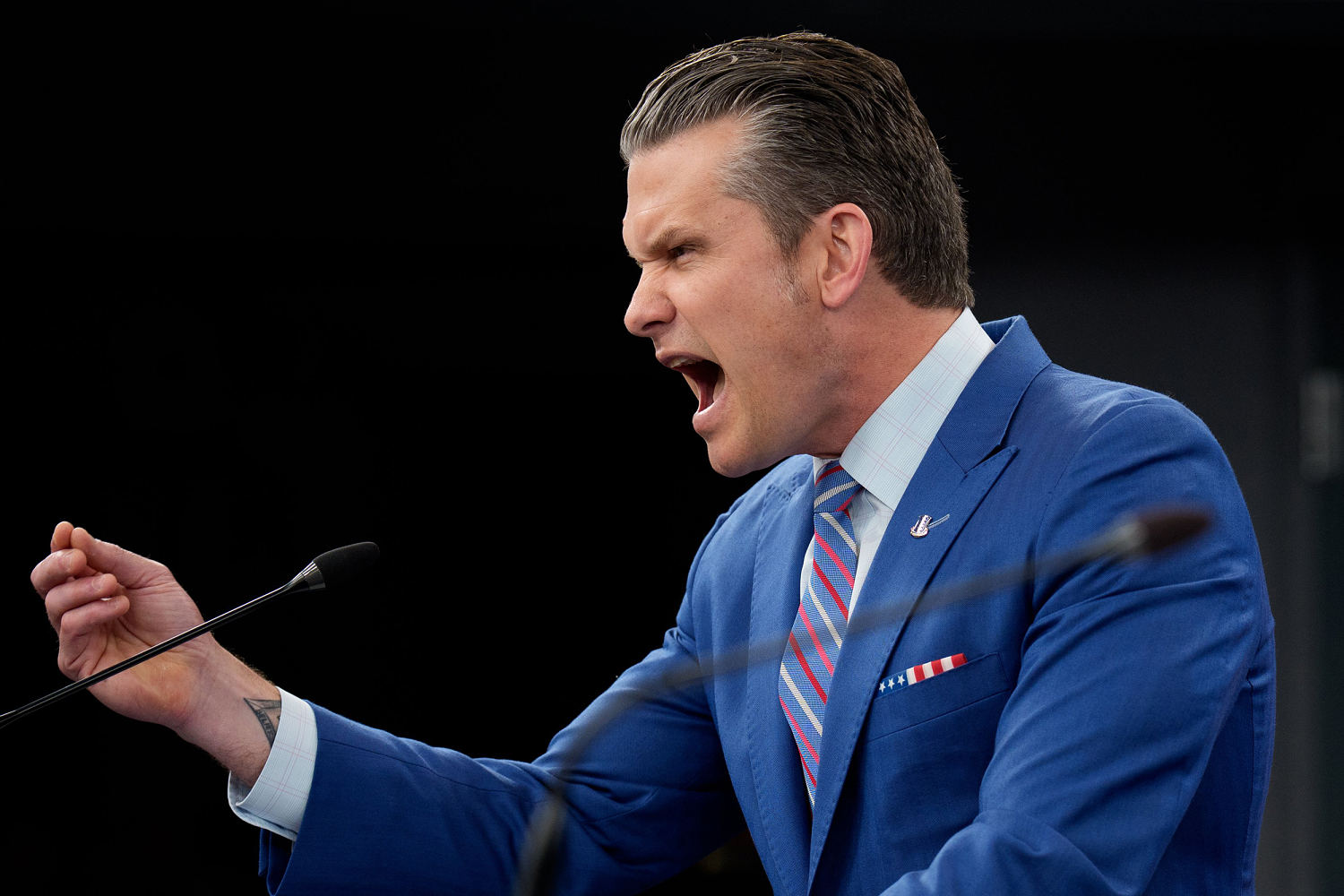
Defense Secretary Pete Hegseth was in full crybully mode during a Thursday news conference that, according to a Truth Social post from President Donald Trump, was intended “to fight for the Dignity of our Great American Pilots” and provide “interesting and irrefutable” evidence of the “LEGENDARY” success of last week’s unilateral U.S. attack on Iran’s nuclear facilities.
But Hegseth didn’t provide definitive evidence of the actual extent of the damage inflicted on those facilities by 30,000-pound bunker-busting bombs — or clarity on whether Iran pre-emptively moved its stash of weapons-grade uranium. Instead, the secretary complained that certain media outlets failed to act as unquestioning cheerleaders of a stunning act of aggression against a longtime U.S. adversary — an attack that the president had immediately declared an unequivocal success.
The 42-minute press conference was a useful distillation of the Trump administration’s posture vis-à-vis news coverage: playing the pure-as-driven-snow victim while lashing out in fashion.
It is quite literally the job of reporters to ask the government for evidence to back up its claims.
Hegseth insisted the attack was successful in “decimating — choose your word — obliterating, destroying Iran’s nuclear capabilities.” He blasted the press for reporting on a leaked preliminary intelligence assessment by the Pentagon’s Defense Intelligence Agency, which asserted that the U.S. attack may have only set back Iran’s nuclear program by months.
The secretary repeated the fact that the DIA’s initial assessment was of “low confidence” and insisted the reporting should have instead been about the awesomeness of the weapons and the bravery of the pilots who conducted the mission. I’m sure the weapons were awesome and the pilots were brave — and details of those tools of war and the risks of the mission were, in fact, reported widely in the mainstream press. But no matter which party is in power, it is quite literally the job of reporters to ask the government for evidence to back up its claims. And few details are more crucial to verify than those pertaining to military conflict.
That’s not how Hegseth, a former co-host of “Fox & Friends,” sees the media’s role in covering the Trump administration.
“How about we celebrate … how about we talk about how special America is that only we have these capabilities? I think it’s too much to ask, unfortunately, for the fake news,” Hegseth added. “We’re urging caution about pre-premising entire stories on biased leaks to biased publications trying to make something look bad. How about we take a beat, recognize first the success of our warriors, hold them up, tell their stories, celebrate that, wave an American flag, be proud of what we accomplished.”
But that’s the thing. We don’t know “what we accomplished.” That’s what journalists are asking the government, represented by Hegseth, to prove by sharing actionable evidence.
Hegseth even lashed out at his former colleague, longtime Fox News national security correspondent Jennifer Griffin, for having the temerity to ask the defense secretary about satellite imagery that showed at least a dozen trucks at one of Iran’s nuclear facilities days before the attack.
“Jennifer, you’ve been about the worst. The one who misrepresents the most intentionally,” the former daytime talk show host scolded the longtime hard-news reporter. Griffin retorted, “In fact, I was the first to describe the B-2 bombers, the refueling, the entire mission with great accuracy … so I take issue with that.”
Trump, long known to hire people based on their Fox News appearances, gave Hegseth high marks for his performance.
The president — a notorious anti-free speech ideologue — was on a press-hating tear of his own this week. He called for the firing of BLN reporter Natasha Bertrand, posting to Truth Social, “I watched her for three days doing Fake News. She should be IMMEDIATELY reprimanded, and then thrown out ‘like a dog.’” And the president also had his lawyer threaten to sue The New York Times and BLN for reporting on the DIA’s initial post-attack intelligence report. According to the Times, Trump’s lawyer wrote that the paper’s reporting “had damaged Mr. Trump’s reputation” and demanded a retraction and apology for “false,” “defamatory” and “unpatriotic” reporting.
It doesn’t get much more “crybully” than the most powerful person in the world siccing his lawyer on news outlets whose reporting on a government document hurt his feelings.
But there’s a lesson here for institutions, including universities, white shoe law firms and media corporations that continue to face Trump’s shakedown threats: Don’t give the schoolyard bully your lunch money in the hopes that he won’t demand it again.
Don’t give the schoolyard bully your lunch money in the hopes that he won’t demand it again.
The Times’ deputy general counsel, David E. McGraw, responded to Trump’s legal threat with a letter of his own, writing that it would be “irresponsible for a president to use the threat of litigation to silence a publication” for reporting on the government’s own intelligence that suggested “the President may have gotten it wrong in his initial remarks to the country.”
“No retraction is needed. No apology will be forthcoming. We told the truth to the best of our ability. We will continue to do so,” the letter concluded.
That’s how you do it. Simply ignore being insulted as “unpatriotic” for asking questions to which the public deserves to know the answers. Don’t report on war as if it were a child’s game of heroes and villains and super-cool fireworks and explosions. Make the government prove its own claims. And do not agree to settlements when it comes to Trump’s bogus, anti-free speech lawsuit lawfare. Refuse to be bullied and all the bullies can do is cry more.
Anthony L. Fisher is a senior editor and writer for BLN Daily. He was previously the senior opinion editor for The Daily Beast and a politics columnist for Business Insider.
-

 The Josh Fourrier Show8 months ago
The Josh Fourrier Show8 months agoDOOMSDAY: Trump won, now what?
-
Uncategorized8 months ago
Bob Good to step down as Freedom Caucus chair this week
-
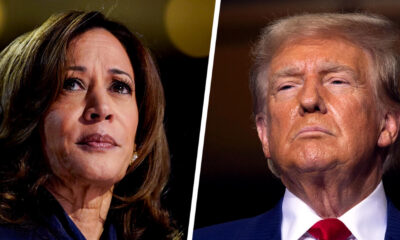
 Politics8 months ago
Politics8 months agoWhat 7 political experts will be watching at Tuesday’s debate
-

 Politics8 months ago
Politics8 months agoHow Republicans could foil Harris’ Supreme Court plans if she’s elected
-
Economy8 months ago
Fed moves to protect weakening job market with bold rate cut
-
Economy8 months ago
It’s still the economy: What TV ads tell us about each campaign’s closing message
-
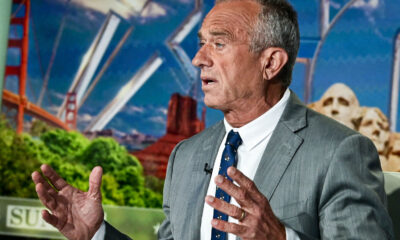
 Politics8 months ago
Politics8 months agoRFK Jr.’s bid to take himself off swing state ballots may scramble mail-in voting
-
Uncategorized8 months ago
Johnson plans to bring House GOP short-term spending measure to House floor Wednesday



